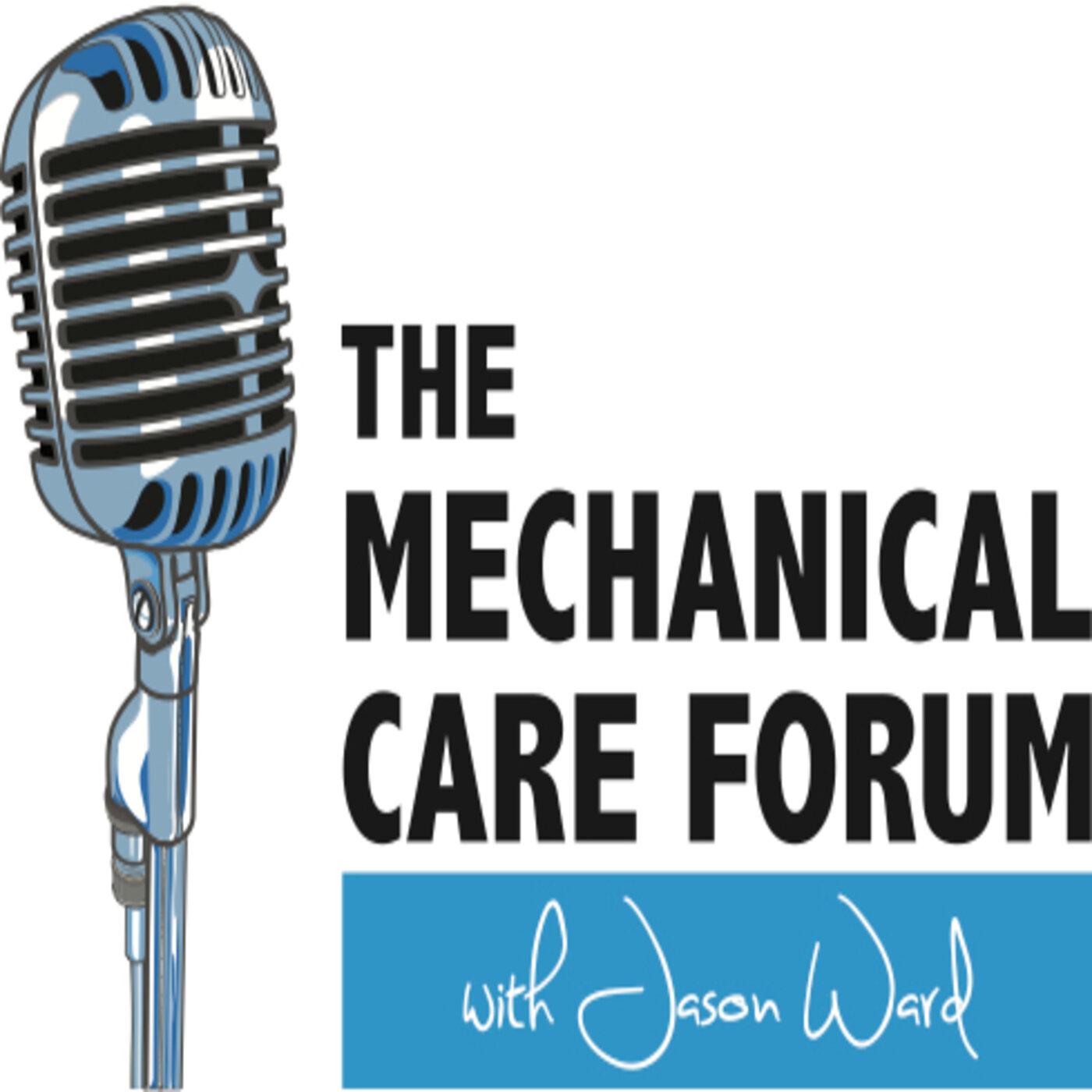In episode 212 we conclude our conversation with Mr. John Thomson of Dundee, Scotland. We continue discussing various day-to-day clinical topics including whether there are differences between patients who are covered under a national health system versus private pay, what to do when patients show a good response in the clinic but don’t show compliance with their home program, the diploma program where he teaches and more. This week on MCF!
Show Notes
Addressing patient expectations and time constraints
John believes that in the UK things work differently with the NHS system where patients do not have out of pocket costs. As long as patients are receiving beneficial information and understanding their condition, they are not disappointed if the first session has minimal hands on management. Whether in a national health care system or in private pay clinics, you will always come across patients who have been around the mill and come back into the system, and want everything done for them. John believes in giving the patients what they need, whether it is in his private practice or his NHS practice.
Managing patients who have limited compliance with advice
John tends to stay away from the negative connotations when interacting with patients who demonstrate limited compliance with exercises. At times, he will get the patient to wait before their appointment and turn on their symptoms with prolonged sitting and then in the session practically demonstrate the cause and effect of exercises on their symptoms. Focus on educating about posture correction and its importance. He also believes that many a times it is possible that as a clinician we have lacked in skills of effectively educating the patient. Occasionally we might come across a patient for whom you have done everything but cannot make improvements as the patient remains non-compliant; in such case scenarios John’s understanding is that the MDT system is not for that patient; they might just need another system for management.
Value outside of the MDT system
The MDT system is John’s framework as he believes that the system encompasses everything you need for an effective practice. He might perform things in a slightly different way but the principles remain the same.
Literature
John has read extensively Gordon Waddel’s work “The back pain revolution” and it has helped him a lot in understanding from a mechanical perspective the relevance of symptoms.
He also remembers being amazed by the conclusion of the study by Cherkin et al. 1998; where it concluded that for patients with low back pain, the McKenzie method of physical therapy and chiropractic manipulation had similar effects and costs, and patients receiving these treatments had only marginally better outcomes than those receiving the minimal intervention of an educational booklet.
Patient empowerment
There is already a change in physiotherapy practice going on in the UK. In the NHS system, people are given information about natural history and self-management after asking pertinent questions to rule out red flags and many a times there is a significant amount of patients that do not end up having to see a physiotherapist.
There is a high likelihood of recurrence with low back pain and again education helps play an important role. Give them tools and strategies to manage their recurrences, as there is no evidence as of today that it can be prevented.
Chronic pain patients
Many a times patients with chronic pain may have just been mismanaged over a long period of time and they can be an underlying derangement, which has to be managed accordingly. With such patients, secondary to their chronicity and mismanagement, it is important to gain their confidence and effectively educate them about rapid changes using the MDT system.
Self improvement
John reads about other methods and systems and attempts to understand them. He feels that some systems might actually work and they produce good results. Though it might not have worked for others as they do not have the in depth understanding.
Take on extremities
In small distal joints of the extremities, John has seen rapid changes but not a clean picture of directional preference (one direction worsening, and the opposite direction improving) as in the spine.
In patients that we do not see rapid changes, like those of with articular dysfunction, John might not have a follow-up visit for 3-5 weeks. In such instances, he gives extensive information to the patient about the exercises and what to expect over a period of time and if there are any deviations from the norm for the patient to reach out for him via a phone call.
Patient education in self-management
John feels that the biggest mistake a clinician can make is giving too many exercises to the patient. One has to understand why a certain exercise in prescribed, educate the patient about its importance and depending on the patient, give either verbal or written instructions or demonstrate it in the clinic. Sometimes, the partner of the patient also needs to be educated about the exercises and allay their concerns, to avoid them being over-protective.
Helpful Links:
Know more about the MDT Diploma Program: http://www.mckenzieinstitute.org/education/international-diploma/
Get in touch with John Thomson: thomsonphysio@blueyonder.co.uk
Gordon Waddell’s book: https://www.elsevier.com/books/the-back-pain-revolution/waddell/978-0-443-07227-7
Cherkin et al. 1998: http://www.nejm.org/doi/full/10.1056/NEJM199810083391502
We hope to deliver this content to the committed professional who wants to improve his/her care and we hope to do it in a way that is easily accessible, the world over, in today's technological age.
To contribute:
Give a 5-star review on iTunes;
Share EP #212 with a friend; and/or
Connect with us on the Spotify MCF Podcast and MCF Instagram page!
Thanks for your support!

